Species is an excellent candidate for land-based production
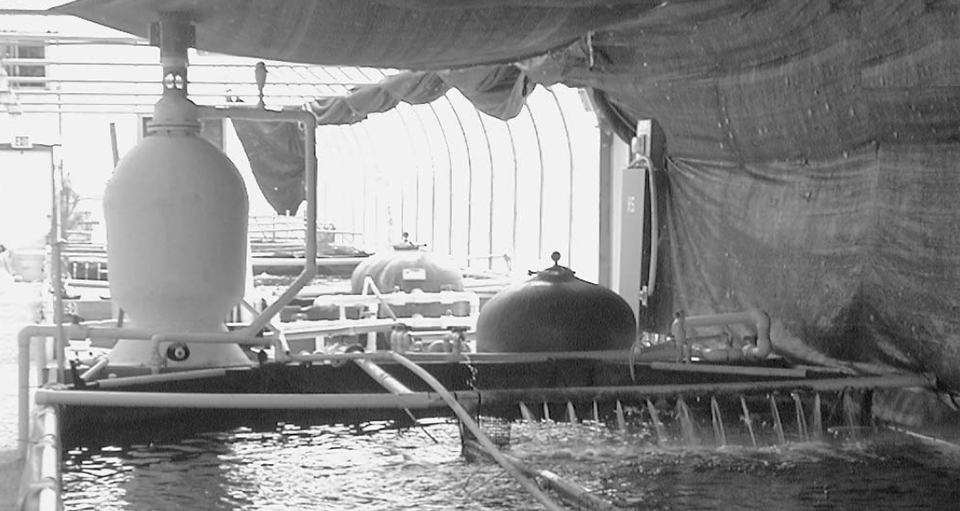
Since 1997, efforts to develop aquaculture technology for production of southern flounder (Paralichthys lethostigma) using intensive recirculating systems have been carried out at Harbor Branch Oceanographic Institution (HBOI) in Fort Pierce (Florida, USA). Researchers recently conducted the first experimental nursery and grow-out trials of this flatfish species in a raceway using a freshwater recirculating system.
Southern flounder as a candidate for culture
The intensive systems used for raising other flatfish commercially in Asia and Europe require relatively small areas and high technology, rather than the large areas and low technology used by most semi-intensive and extensive aquaculture systems in developing countries. This suggests that southern flounder and other flatfish species may be excellent candidates for intensive aquaculture using tanks or raceways and recirculating systems. Technological, biological and marketing criteria indicate that southern flounder is among the best choices for commercial aquaculture and stock enhancement development in the southeastern United States and the Gulf of Mexico.
Experimental culture
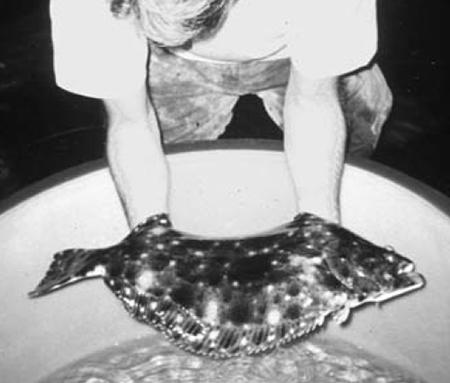
Southern flounder were experimentally raised in recirculating systems for a fourteen-month period between 1999 and 2000 at HBOI greenhouse facilities. Fish were exposed to a wide range of salinities, from full strength seawater (35 ppm) to freshwater (zero ppt). The nursery stage of the trial (3 months) was conducted in seawater, whereas the grow-out stage (8 months) was conducted in freshwater. Three-month-old fingerlings used for the trials were produced during the1999 season using spawning and larval rearing protocols developed at HBOI.
Juveniles were raised in several 800-liter round nursery tanks at stocking densities of approximately 1 animal per liter. After a period of three months, they were acclimated to freshwater and transferred to another greenhouse for a grow-out trial. The growth trial was conducted with juveniles in a 100-ton (20 × 5 x 0.5 meters) raceway in a freshwater recirculating system, using rapid sand filters and a bead filter. Approximately 95 percent of the water was recirculated and reused, whereas 5 percent of the water was discharged by backwashing the filtration system. New, incoming water was filtered through a sand filter and a biofilter before entering the system. The 5 percent wastewater was discharged into a sedimentation pond from where part evaporated and the remainder infiltrated.
Fish were periodically sampled and counted to assess mortality. Survival rate during the nine-month trial (3- to 14-month-old fish) was 22.5 percent. Mortality occurred mainly due to the outbreak of diseases, especially copepod ectoparasites and Amyloodinium. Afeed conversion ratio (FCR) of less than 1.0 has been achieved during the nursery and grow-out periods. Preliminary data shows that southern flounder exhibited relatively slow growth rates during the first year in captivity, but increases exponentially thereafter, indicating that fish can reach approximately 500 grams (over a pound) in 16 to 18 months after hatching. This research demonstrated the technological feasibility for raising southern flounder in freshwater using recirculating systems. Continuing efforts will determine whether it can be economically feasible at the commercial level.
(Editor’s Note: This article was originally published in the June 2000 print edition of the Global Aquaculture Advocate.)
Now that you've reached the end of the article ...
… please consider supporting GSA’s mission to advance responsible seafood practices through education, advocacy and third-party assurances. The Advocate aims to document the evolution of responsible seafood practices and share the expansive knowledge of our vast network of contributors.
By becoming a Global Seafood Alliance member, you’re ensuring that all of the pre-competitive work we do through member benefits, resources and events can continue. Individual membership costs just $50 a year.
Not a GSA member? Join us.
Author
-
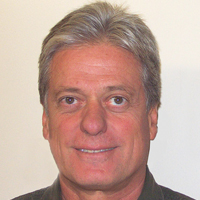
Daniel D. Benetti, Ph.D.
University of Miami
Rosenstiel School of Marine and Atmospheric Science
Division of Marine Affairs and Policy
4600 Rickenbacker Causeway
Miami FL 33149
Tagged With
Related Posts

Health & Welfare
Feeding protocol for larval husbandry of southern flounder
Southern flounder is an excellent candidate for intensive aquaculture in tanks and raceways using recirculating systems.
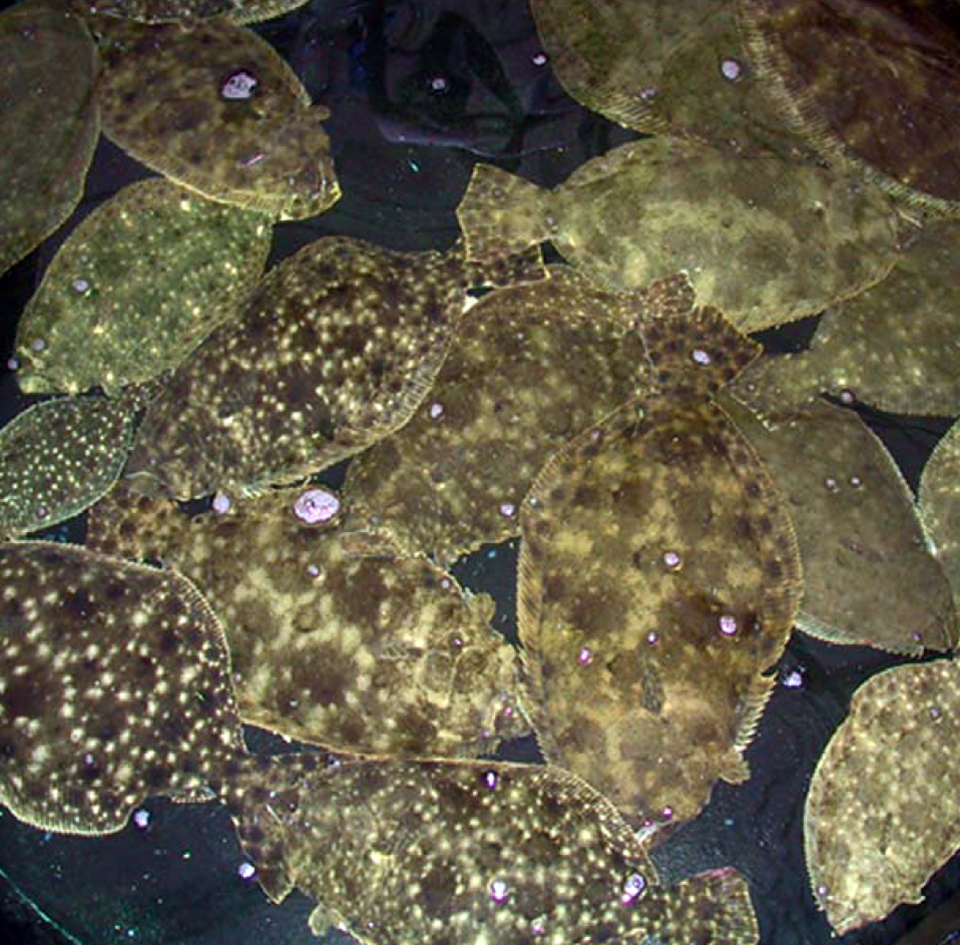
Health & Welfare
Florida study achieves tank spawning of southern flounder
Southern flounder offer potential in aquaculture to answer declining fishery landings and increased demand, but insufficient fingerlings are available.
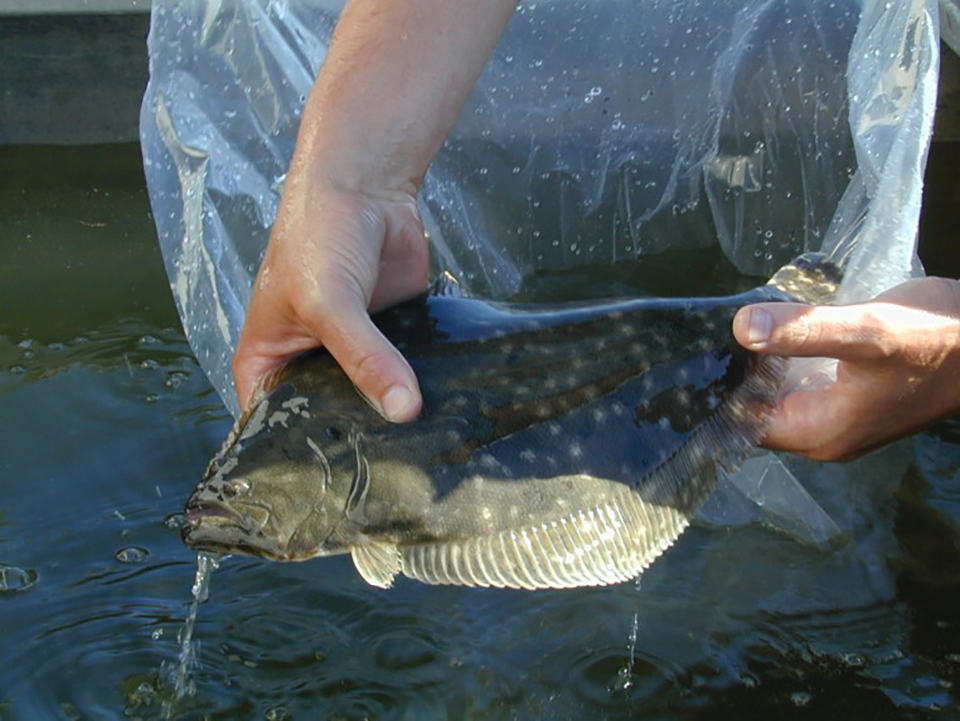
Responsibility
Southern flounder culture at Texas Parks and Wildlife Department
The Texas Parks and Wildlife Department’s southern flounder stock enhancement has stocked more than 400,000 fingerlings into Texas bays and estuaries.
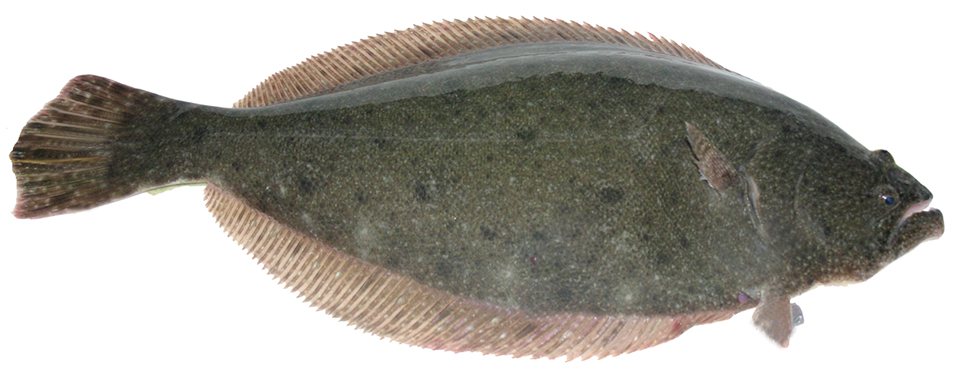
Intelligence
Southern Brazilian flounder
Work on the reproduction and larval rearing of southern Brazilian flounder supports the feasibility of flounder culture. Further research will improve weaning and grow-out techniques for the species.


